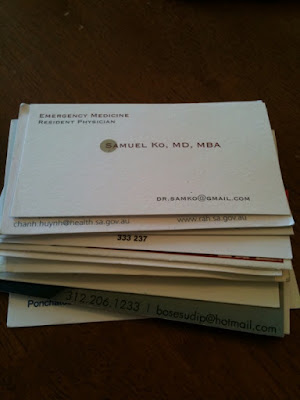Websites:
http://www.slideology.com (by Nancy Duarte)
http://www.presentationzen.com (by Garr Reynolds)
Books:
Presentation Zen by Garr Reynolds
Presentation Zen Design by Garr Reynolds
Slide:ology by Nancy Duarte
Examples of Great Lectures (a way to get ideas of how you want to craft your presentation)
Any TED (http://www.ted.com) lecture – these are a collection of talks about a wide variety of topics – they are for the most part all fantastic
Any Apple Keynote with Steve Jobs (http://www.apple.com)
Sources for images:
iStockphoto (http://www.istockphoto.com) – free image of the week and some cheaper images – however, most of images are not free
Stock.xchng (http://www.sxc.hu/) – free stock photos
Wikipedia (http://en.wikipedia.org)
Any government site – NIH/DOD/FBI/CDC – since these are government owned images; they are part of the public domain
~Courtesy of Dr. James Rhee

.jpg)